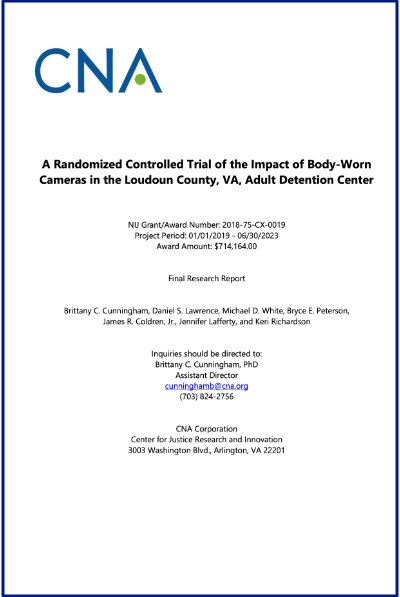By Molly Robustelli; Colby Dawley; Molly Buchanan.; Carrie Chapman; Maura McNamara; Amanda Coscia; and Christian Schiavone
Across the United States, the majority of people under correctional supervision serve their sentence on probation or parole. As of 2020, data show that while just under 2 million people are incarcerated in either prison or jail, about 3.9 million individuals are on probation or parole.1 Of the 1.8 million individuals who exit probation or parole annually, almost half do not successfully complete supervision. Of those who do not complete their supervision, 211,000 will return to prison or jail.2 This has made revocation from probation or parole a leading driver of incarceration in the United States.3 Florida has one of the largest community supervision populations in the country. By the end of 2020, the state had 183,900 individuals on community supervision. Florida ranks fifth highest in the nation for its probation population in the same period, while the state’s parole population is ranked 32nd highest at just over 4,000 individuals. 4 The impact of revocations on the state’s prison population is significant. Florida corrections leaders recognize this challenge and have been working to identify and implement strategies that reduce revocations from community supervision. Despite previous reform efforts, thousands of individuals continue to enter Florida’s prisons due to a revocation of community supervision.5 In January of 2019, the Florida Department of Corrections requested assistance from the Crime and Justice Institute (CJI) in analyzing the factors driving revocation trends in an effort to reduce revocations and recidivism while strengthening community supervision practices. Over 18 months, CJI assessed Florida’s community supervision system, analyzing individual-level and case-level data, reviewing the administrative and legal frameworks governing community supervision, conducting focus group interviews with stakeholders across the state, and disseminating a survey to understand practices on the ground. Through this assessment, CJI found that: • Florida’s revocation rate has consistently hovered near 48 percent since 2012; • Among all revocations from 2010 to 2019, 57 percent were due to technical violations; • Revocation rates are highest for those on three types of supervision: community control, drug offender probation, and felony probation; • Six of the top 10 violations linked to revocations in 2019 were for technical violations; • Nearly one in three revocations resulted in state prison time, but the use of jail has increased over the past decade; • There have been efforts to implement an alternative approach to responding to violations, but responses vary by judicial circuit, limiting the effectiveness and equitable use of these practices; and • A number of barriers impacted individuals’ success on supervision, including limited resources in the community to respond to the needs of individuals on community supervision and a misalignment between the conditions ordered and the areas that should be targeted to reduce recidivism. Based on these findings, CJI identified 14 potential opportunities to safely reduce revocations and improve community supervision outcomes in Florida. These opportunities fall into three overarching goals, which include, addressing barriers to success, focusing resources on the highest-risk population, and ensuring sustainability of evidence-based practices.
Boston: Crime and Justice Institute, 2022. 39p.





















